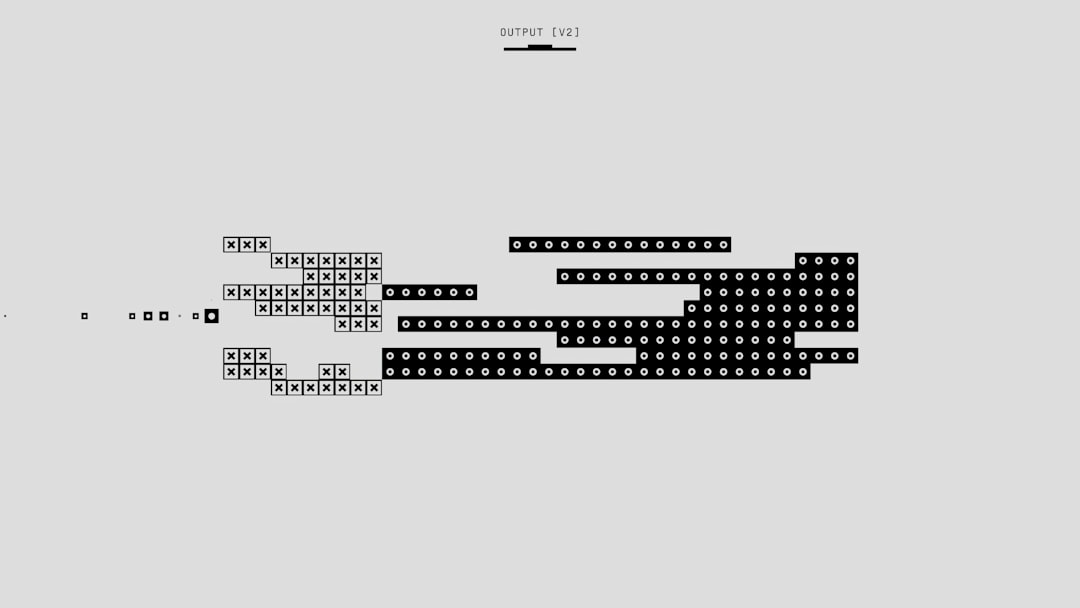NextGenBeing Founder

Listen to Article
Loading...\
Opening Hook\
You've just deployed your real-time analytics application, and it's handling a massive amount of data from various sources. However, you're facing challenges in processing and storing this data efficiently. This is where Apache Kafka 4.0, Apache Flink 1.17, and Iceberg 0.4 come into play. In this article, you'll learn how to build a real-time data warehouse using these technologies.\ \
Why This Matters\
The current state of real-time data processing is evolving rapidly. With the increasing demand for instant insights, companies are looking for ways to process and analyze data in real-time. Apache Kafka 4.0, Apache Flink 1.17, and Iceberg 0.4 are popular technologies that can help you achieve this goal. You'll learn how to design and implement a real-time data warehouse, and what benefits you can expect from this approach.\ \
Background/Context\
Apache Kafka 4.0 is a distributed streaming platform that can handle high-throughput and provides low-latency, fault-tolerant, and scalable data processing. Apache Flink 1.17 is a unified batch and streaming processing engine that can handle both real-time and historical data. Iceberg 0.4 is a open-source table format that allows you to store and manage large datasets. These technologies are widely adopted in the industry, and are used by companies such as Netflix, Uber, and Airbnb.\ \
Core Concepts\
Before diving into the implementation, let's cover some core concepts. Apache Kafka 4.0 uses a publish-subscribe model, where producers publish data to topics, and consumers subscribe to these topics to receive the data. Apache Flink 1.17 uses a dataflow model, where data is processed in a series of transformations. Iceberg 0.4 uses a table format that allows you to store and manage large datasets.\ \
Practical Implementation\
Step 1: Setting up Apache Kafka 4.0\
To set up Apache Kafka 4.0, you'll need to download and install the Kafka binaries. You can then create a Kafka cluster by starting the ZooKeeper and Kafka brokers.\
# Start ZooKeeper\\
bin/zookeeper-server-start.sh config/zookeeper.properties\\
\\
# Start Kafka broker\\
bin/kafka-server-start.sh config/server.properties\\
```\\
💡 **Pro Tip:** Make sure to configure the Kafka properties file to point to the correct ZooKeeper instance.\\
\\
⚡ **Quick Win:** Start with a single-node Kafka cluster and then scale up as needed.\\
\\
### Step 2: Setting up Apache Flink 1.17\\
To set up Apache Flink 1.17, you'll need to download and install the Flink binaries. You can then create a Flink cluster by starting the JobManager and TaskManagers.\\
```bash\\
# Start JobManager\\
bin/standalone.sh start\\
\\
# Start TaskManager\\
bin/standalone.sh start taskmanager\\
```\\
⚠️ **Common Mistake:** Make sure to configure the Flink properties file to point to the correct Kafka instance.\\
\\
### Step 3: Setting up Iceberg 0.4\\
To set up Iceberg 0.4, you'll need to download and install the Iceberg binaries. You can then create an Iceberg table by using the Iceberg API.\\
```java\\
// Create an Iceberg table\\
Table table = Tables.load("my_table");\
```\
💡 **Pro Tip:** Use the Iceberg API to create and manage Iceberg tables.\
\
## Advanced Considerations\
When building a real-time data warehouse, there are several advanced considerations to keep in mind. These include production-ready optimizations, scaling considerations, security implications, edge cases, and performance tuning.\
\
## Real-World Application\
Companies such as Netflix, Uber, and Airbnb use Apache Kafka 4.0, Apache Flink 1.17, and Iceberg 0.4 to build real-time data warehouses. These companies use these technologies to process and analyze large amounts of data in real-time, and to gain instant insights into their business.\
\
## Conclusion\
In this article, you learned how to build a real-time data warehouse using Apache Kafka 4.0, Apache Flink 1.17, and Iceberg 0.4. You learned about the core concepts, practical implementation, and advanced considerations. You also learned about real-world applications and success stories.\
* Use Apache Kafka 4.0 for real-time data processing\
* Use Apache Flink 1.17 for unified batch and streaming processing\
* Use Iceberg 0.4 for storing and managing large datasets\
* Consider production-ready optimizations and scaling considerations\
* Consider security implications and edge cases\
* Use performance tuning to optimize the system\
Never Miss an Article
Get our best content delivered to your inbox weekly. No spam, unsubscribe anytime.
Comments (0)
Please log in to leave a comment.
Log InRelated Articles

Turbocharge Your AI Workflows: Mastering Fine-Tuning of LLaMA 2.0 with Hugging Face Transformers 5.3 and Optimum 1.5
Oct 20, 2025

Edge AI on LoRaWAN Networks: A Comparative Analysis of TensorFlow Lite 2.10 and Edge Impulse 2.5 for Real-Time IoT Sensor Data Processing
Nov 13, 2025

CubeSat Communication Protocols: A Comparative Analysis of CCSDS vs DVB-S2 for Deep Space Missions
Nov 9, 2025
🔥 Trending Now
Trending Now
The most viewed posts this week
📚 More Like This
Related Articles
Explore related content in the same category and topics

Diffusion Models vs Generative Adversarial Networks: A Comparative Analysis

Implementing Zero Trust Architecture with OAuth 2.1 and OpenID Connect 1.1: A Practical Guide

Implementing Authentication, Authorization, and Validation in Laravel 9 APIs


